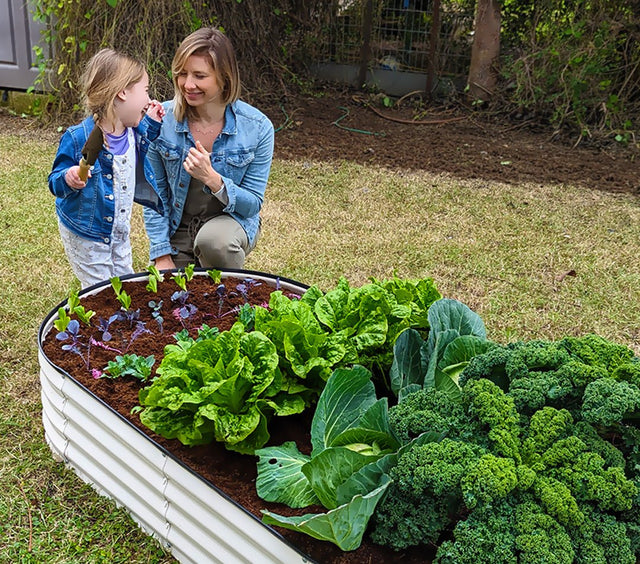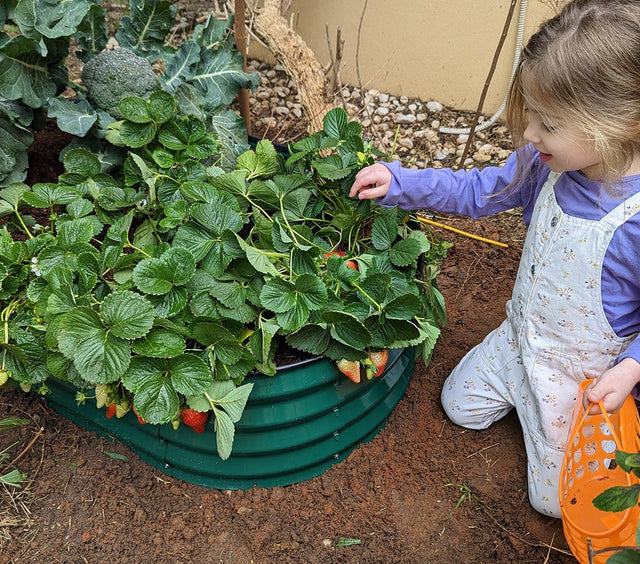Some flowers are compatible with each other and can be grown together, while others may not do well when planted together. Here are some examples of compatible and incompatible flowers:
Compatible flowers to grow together:
- Zinnias and Marigolds: Both zinnias and marigolds are hardy annuals that are easy to grow and care for. They both thrive in full sun and can tolerate some drought, so they make good companions.
- Petunias and Alyssum: Petunias and alyssum both prefer full sun and well-drained soil. They also have similar watering needs, so they can be planted together in pots or flower beds.
- Roses and Lavender: Roses and lavender are often planted together because they complement each other well. Roses like full sun and well-drained soil, while lavender prefers well-drained soil and can tolerate some shade.
- Cosmos and Salvia: Cosmos and salvia are both easy-to-grow annuals that like full sun and well-drained soil. They also attract bees and butterflies, making them a great addition to a pollinator-friendly garden.
- Daisies and Black-Eyed Susans: Both daisies and black-eyed susans are drought-tolerant perennials that attract pollinators. They also complement each other well, as their bright colors can create a cheerful garden display.
- Bee Balm and Echinacea: Bee balm and echinacea are both perennials that attract bees, butterflies, and other pollinators.
Flowers that should be avoided when grown together:
- Peonies and Iris: Both peonies and iris are prone to fungal diseases, so planting them together can increase the risk of disease spread.
- Daffodils and Hyacinths: Both daffodils and hyacinths are toxic to other plants and can inhibit their growth. It's best to plant them away from other flowers.
- Foxglove and Lily of the Valley: Both foxglove and lily of the valley contain a chemical called digitalis, which can be toxic to humans and pets if ingested.
- Hibiscus and Roses: Hibiscus is prone to a fungal disease called anthracnose, which can also affect roses. Planting them together can increase the risk of disease spread.
- Geraniums and Nightshade: Geraniums and nightshade are both members of the Solanaceae family, which means they can attract the same pests and diseases. Planting them together can increase the risk of pest and disease problems.
- Chrysanthemums and Lavender: Chrysanthemums contain a chemical called pyrethrin, which is toxic to many insects. However, it can also harm beneficial insects, such as bees and butterflies, which are attracted to lavender.
It's always a good idea to research the growing requirements and habits of the plants you want to grow before planting them together. This can help you choose compatible plants that will thrive together and create a beautiful and healthy garden.
Happy gardening!
We’re here to help 24/7 if anything comes up.
More stories

Easy herbs to garden for beginners and kids
Shelly K4
·

How to Grow Strawberries in a Raised Garden Bed
Shelly K4
·
